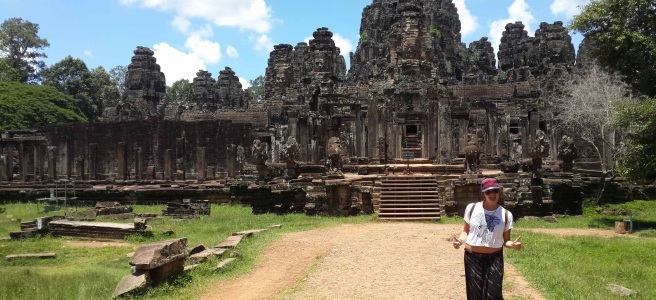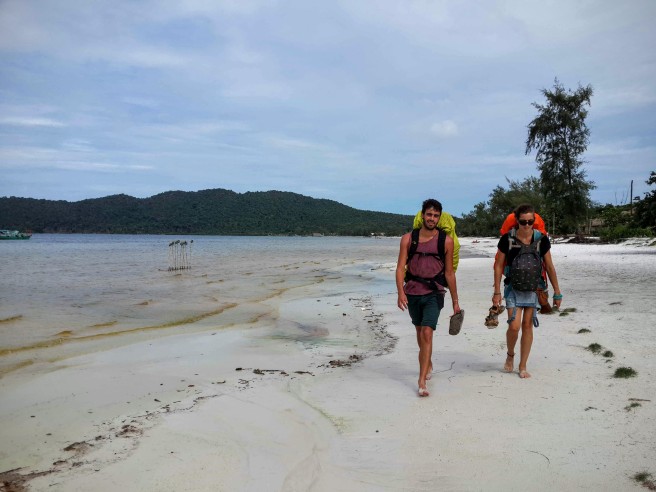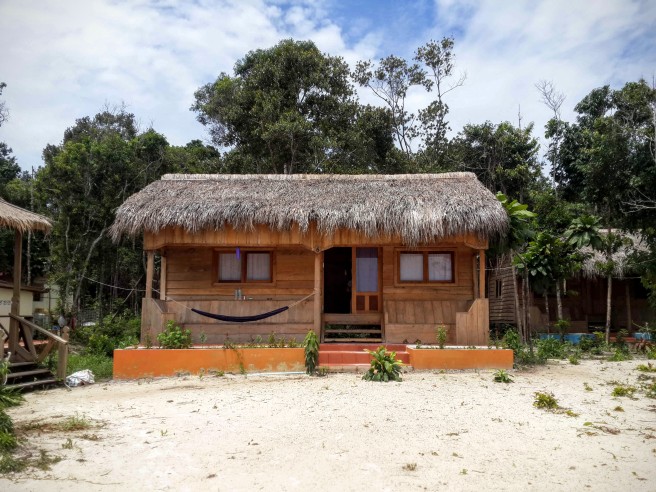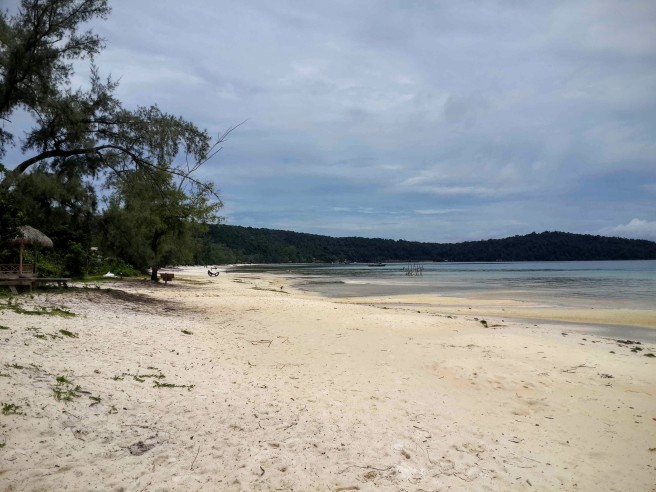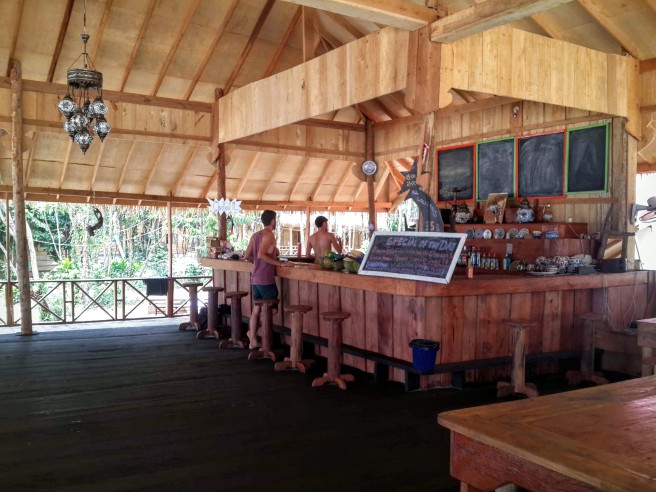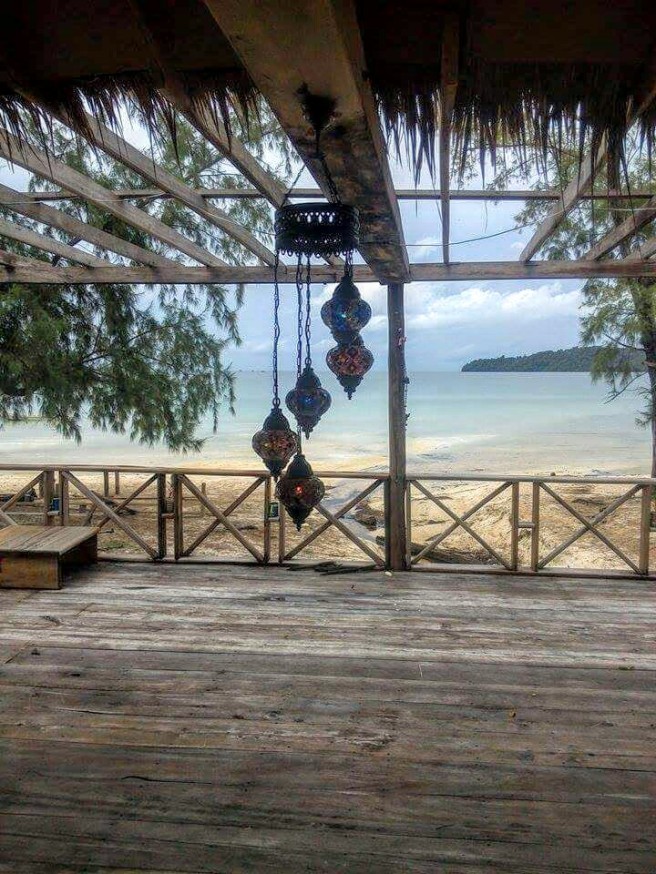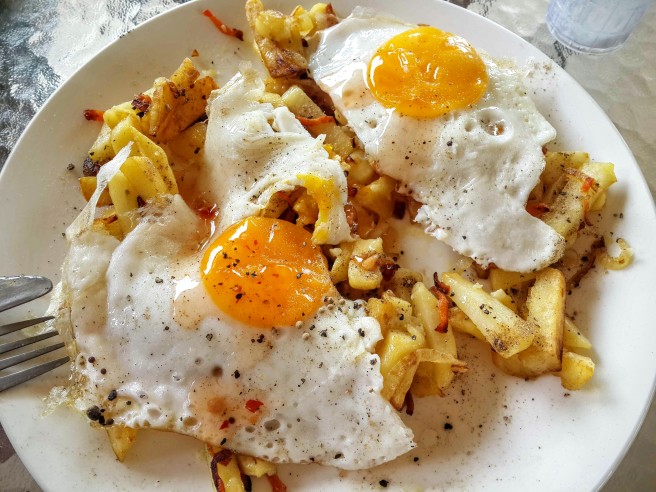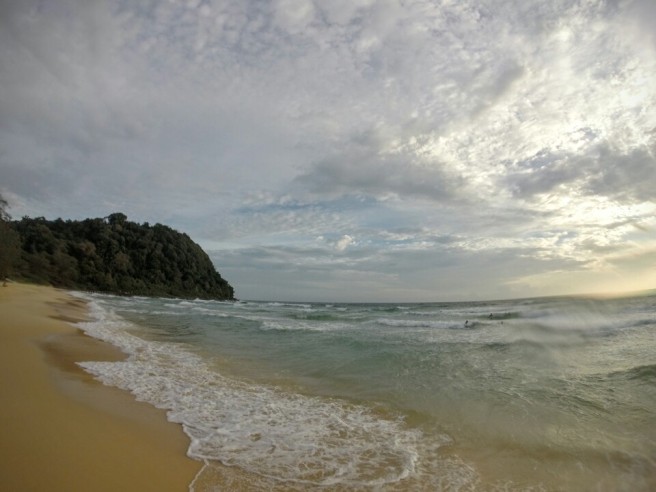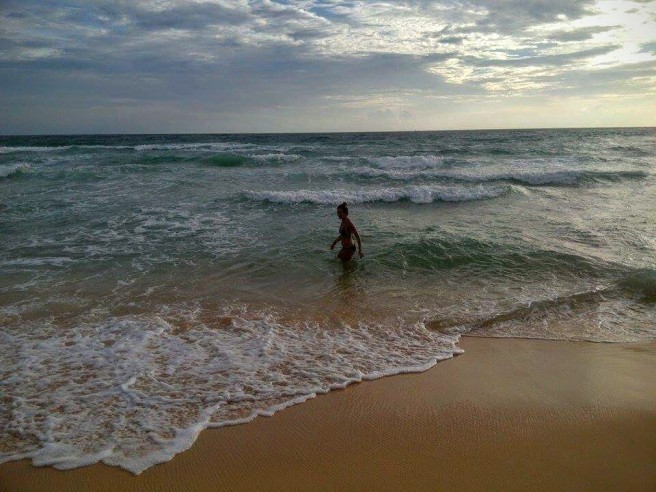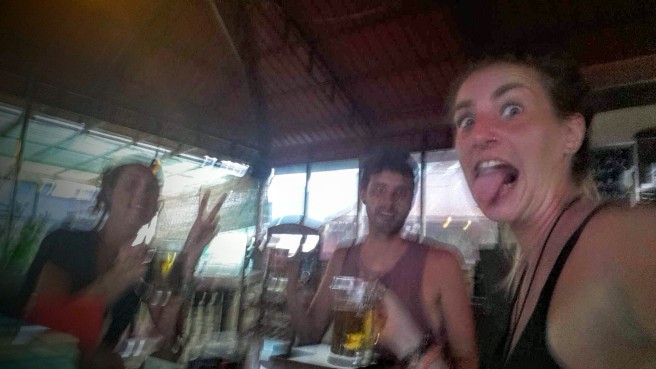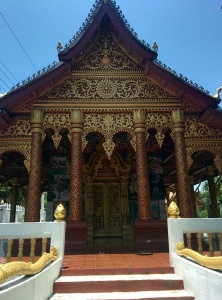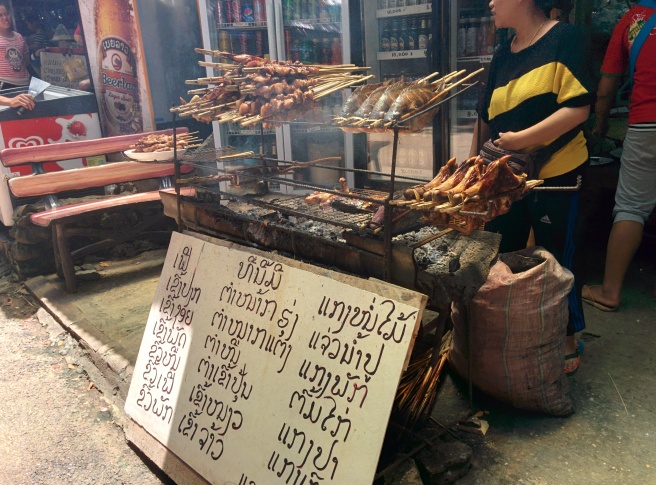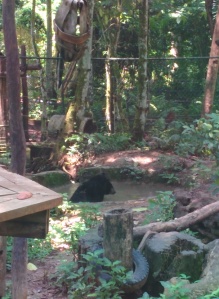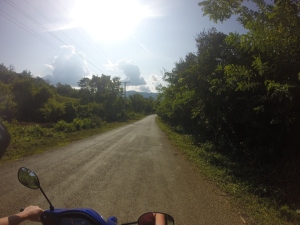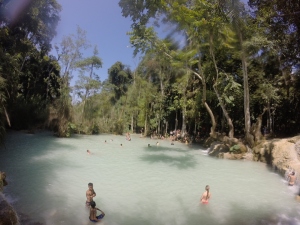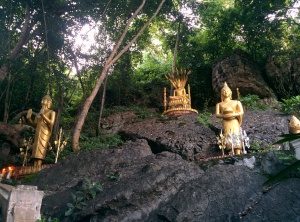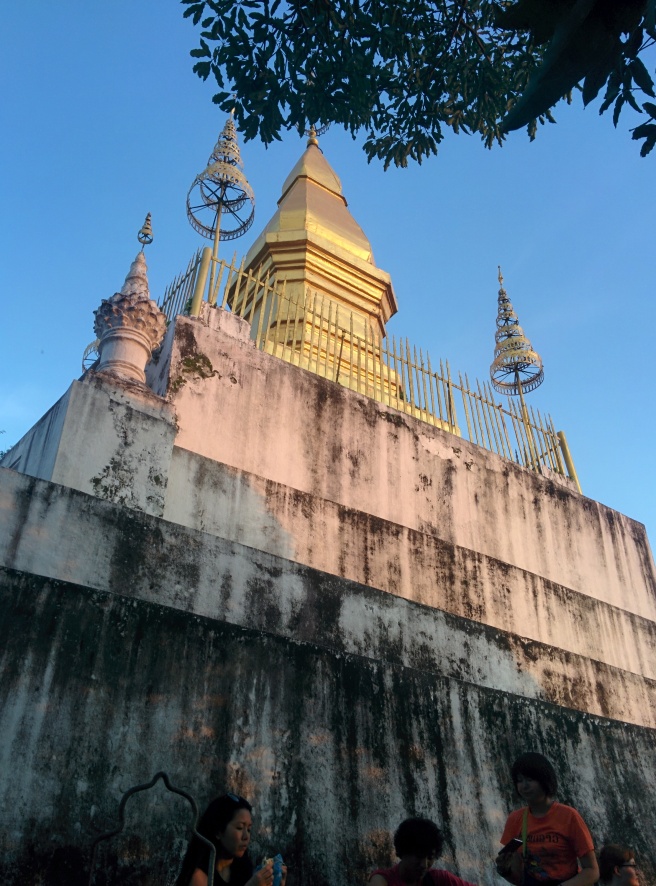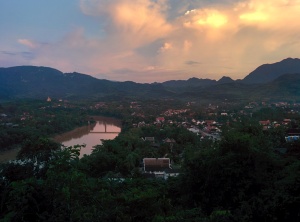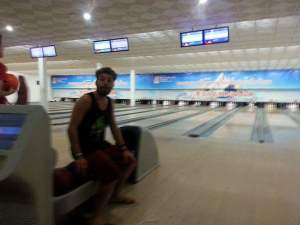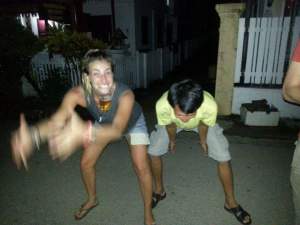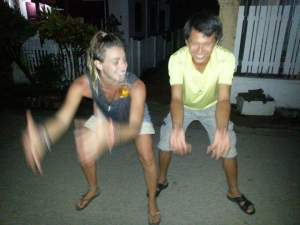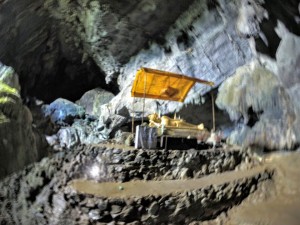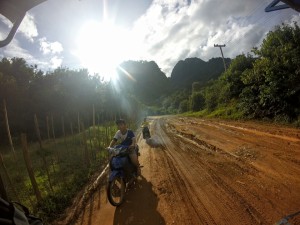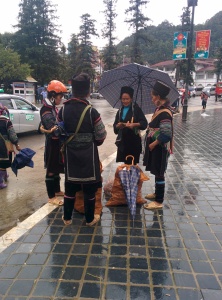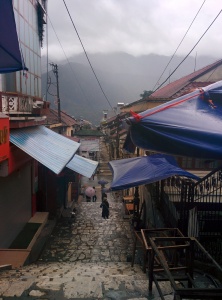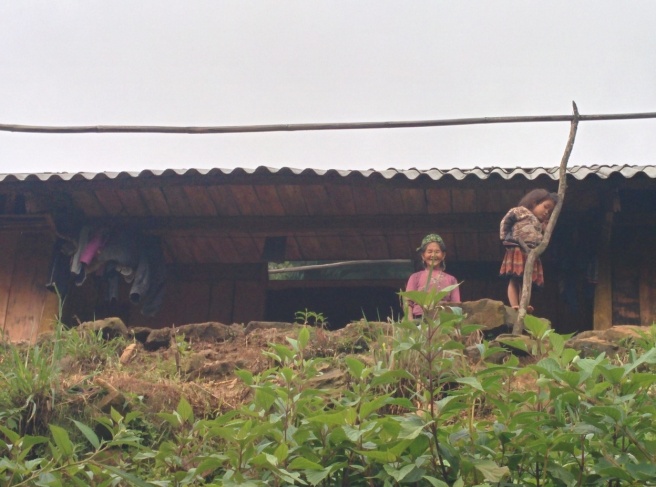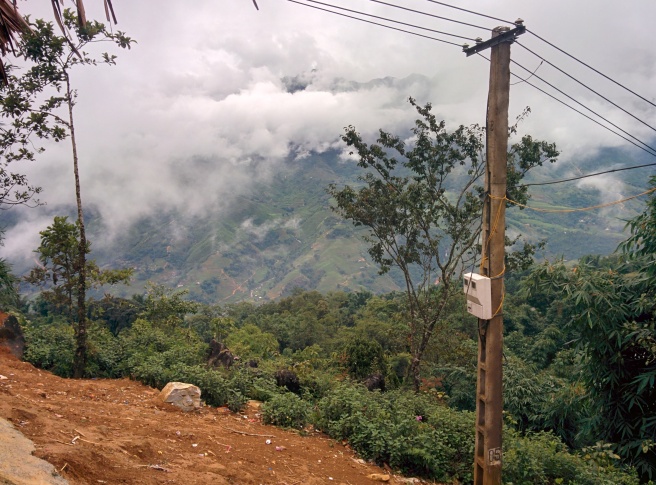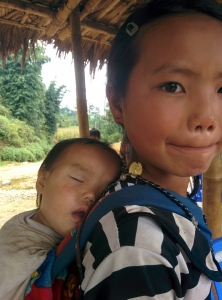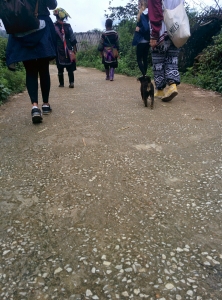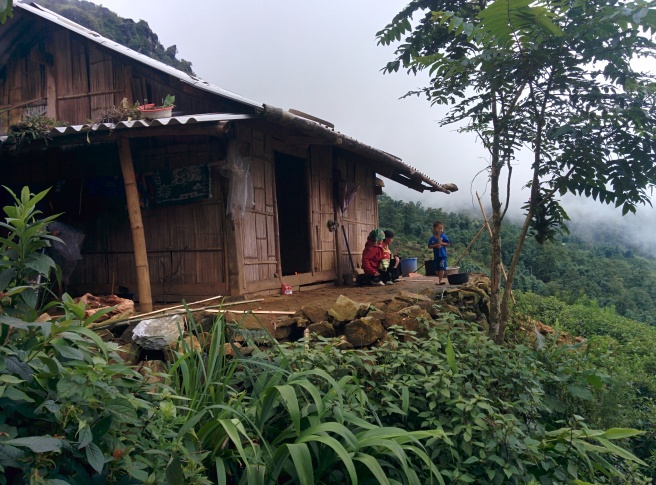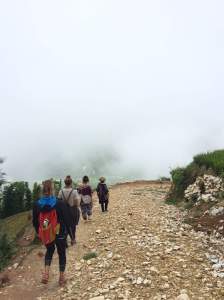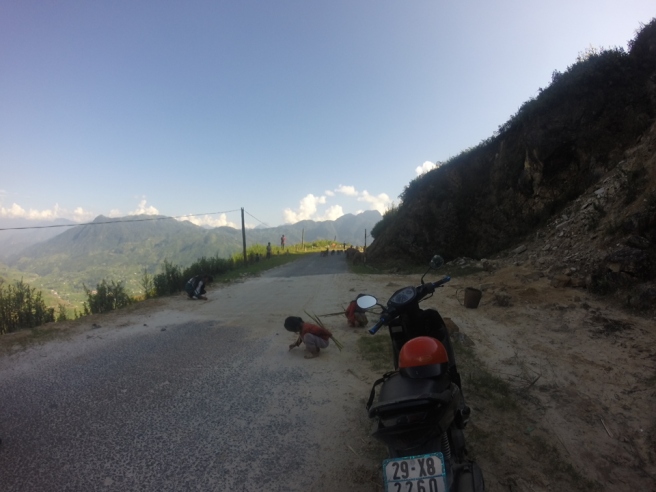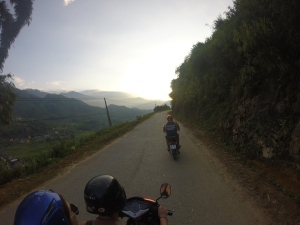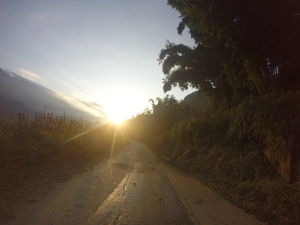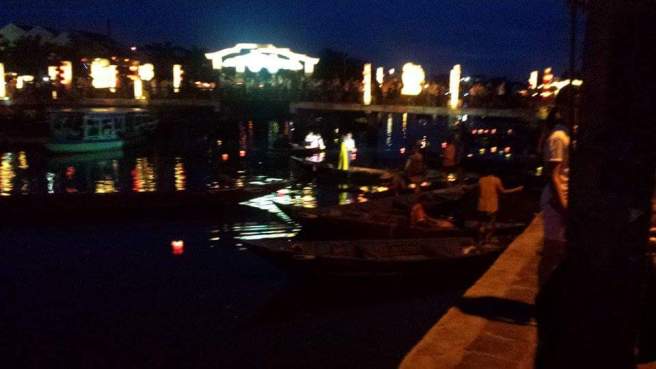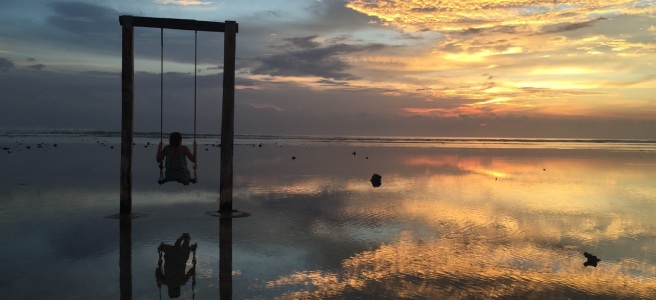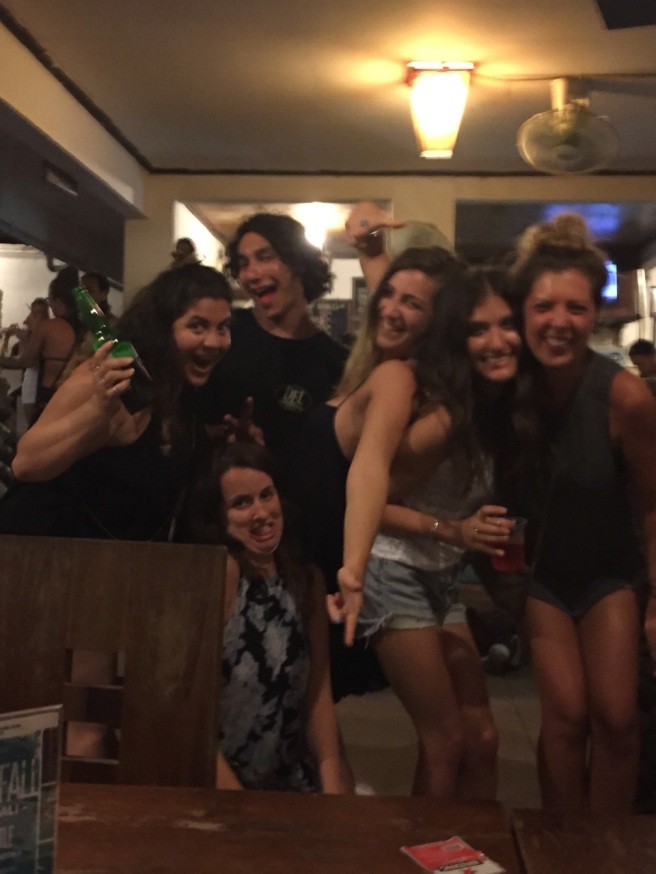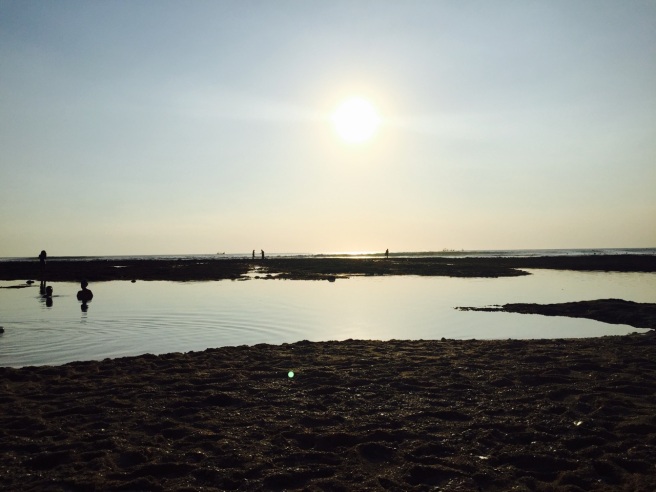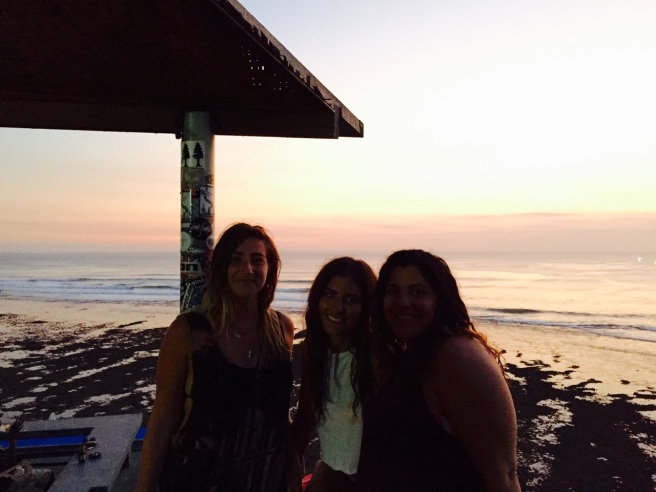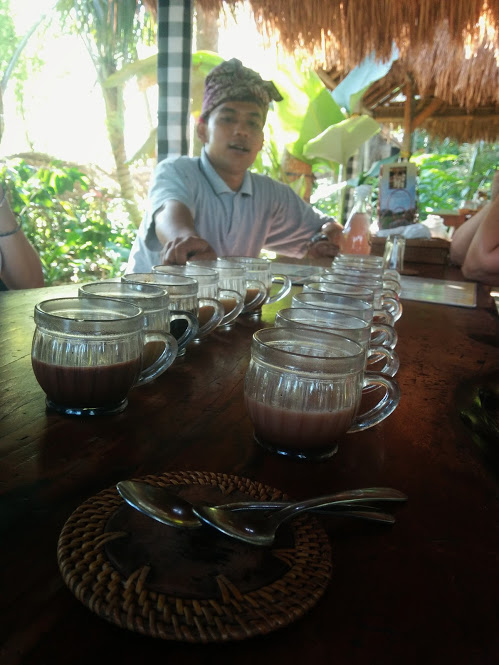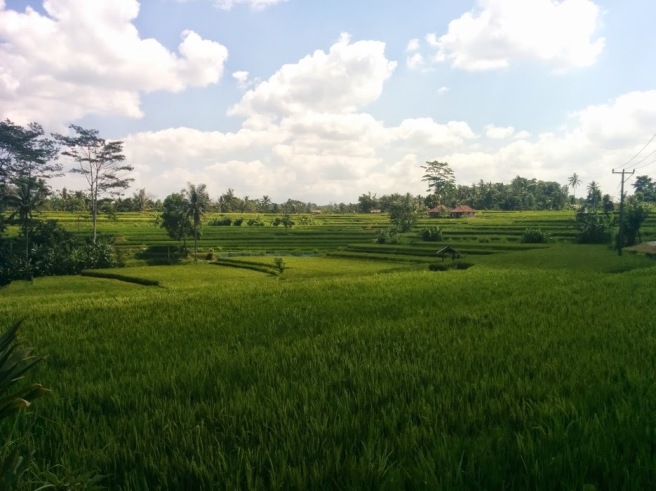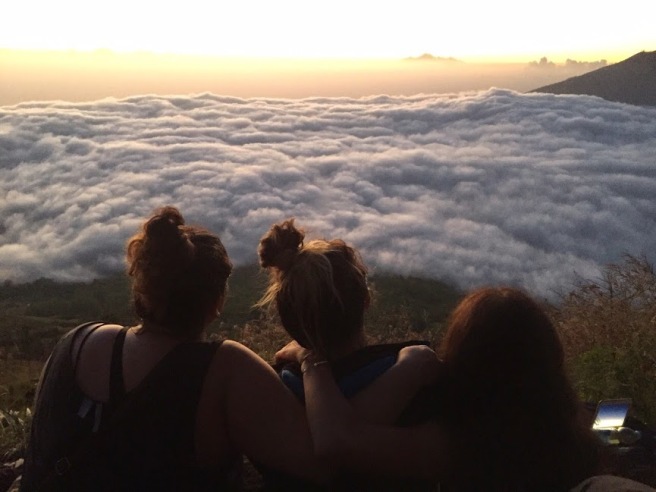Mava and I parted ways with Felix in Sihanoukville and made our way to Siem Reap. Unbeknownst to us this would be the best bus ride. Ever. We had WiFi, our own (working) outlets, (clean) pillows and blankets, and a curtain for privacy. Pure luxury! We checked into our hostel (with a pool!) and explored the city and its markets.
While most people come to Siem Reap as a gateway to Angkor, Mava and I had one week to explore the quiet and laid-back town. Our days were spent lounging by the pool and visiting markets, and our nights were spent between the night market and Pub Street. We visited Artisans d’Angkor and the Angkor Silk Farm, where we learned how incredible the silk making process is through all the different stages, as well as understanding the traditional Cambodian weaving techniques.
We also got to visit the floating village of Kompong Phluk, mounted above the banks of the Tonle-Sap-Great Lake. Since the past season had been very dry, parts of the floating village were in fact not floating. It was interesting to see how the entire village depends entirely on the ebb and flow of the lake.
Finally, we made it to la pièce de résistance, the Angkor Archaeological Park. The entire 400 square kilometer park is a UNESCO World Heritage Site, filled with historic temples, hydraulic reservoirs, ancient highways and forests. We rented bikes for the day and visited Angkor Wat, the iconic temple with lotus-like towers at the heart of the park, and Angkor Thom, the ancient walled city, within which many more temples are found. Needless to say, this was one of the most spectacular things I had ever laid eyes on. Here are four fun facts about Angkor Wat:
- Angkor Wat was built in the 12th century as the earthly representation of Mt Meru, the home of ancient Hindu gods. With passing time, each Cambodian god-king strove to better his ancestors’ structures in size, scale and symmetry, leading to what is believed to be the world’s largest religious building.
- Angkor Wat is famous for having more than 3000 beguiling apsaras (heavenly nymphs) carved into its walls. Each of them is unique, and there are 37 different hairstyles for budding stylists to check out.
- Visitors to Angkor Wat are struck by its imposing grandeur and, at close quarters, its fascinating decorative flourishes. Stretching around the outside of the central temple complex is an 800m-long series of intricate and astonishing bas-reliefs – carvings depicting historical events and stories from mythology.
- Eleanor Mannikka explains in her book Angkor Wat: Time, Space and Kingship that the spatial dimensions of Angkor Wat parallel the lengths of the four ages (Yuga) of classical Hindu thought. Thus the visitor to Angkor Wat who walks the causeway to the main entrance and through the courtyards to the final main tower, which once contained a statue of Vishnu, is metaphorically travelling back to the first age of the creation of the universe.


Next stop: Bangkok!
Mellow Yellow rating: 💛💛💛💛💛
Traveler’s tips: we stayed at Garden Village for one night and then moved to a cheaper hostel since they were renovating the dorms (but continued to use their pool). Artisans d’Angkor is free and worth the visit if you have time. The Floating Village tour is a bit of a ripoff in retrospect. Visiting Angkor by bicycle is the cheapest option ($1 for the whole day) but can be very tiring since it’s super hot and there’s not much shade, taking a tuk tuk is more expensive (~$20) but can be worthwhile if you’re many people.

